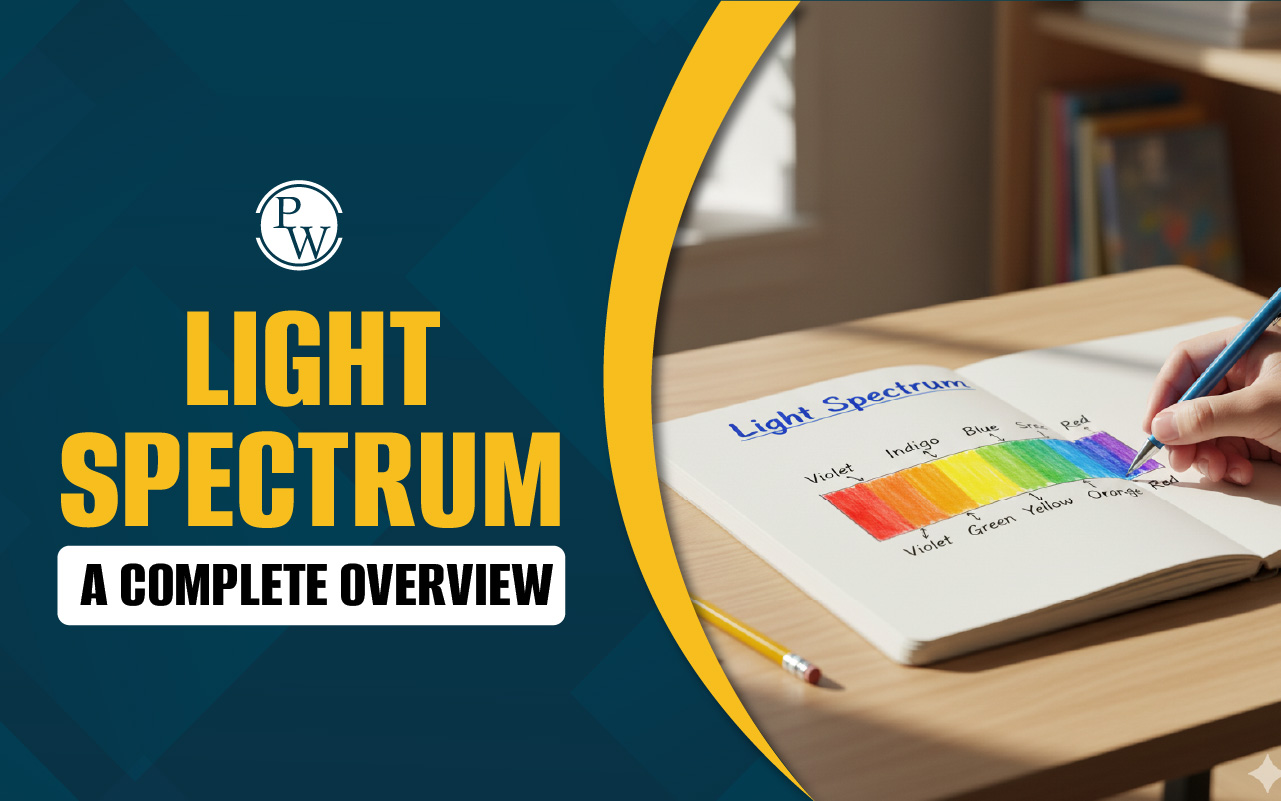
Human excretory system: Life of every organism depends on a constant balance between what it takes in and what it must remove. As the human body performs essential functions like digesting food, producing energy, and repairing cells, it also generates waste materials that cannot stay inside for long.
These waste products, such as urea, carbon dioxide, and extra salts and water, must be removed to keep the body safe and healthy. This is exactly what the human excretory system does. It includes organs like the kidneys, ureters, urinary bladder, and urethra, all working together to filter the blood and eliminate waste in the form of urine.
Read More: Human Nervous System
What is the Human Excretory System?
The human excretory system is a network of specialized organs that work together to eliminate waste products formed during various metabolic activities. These waste substances include urea, uric acid, ammonia, carbon dioxide, excess water, and salts.
By filtering and expelling these wastes, the excretory system helps maintain the body's internal balance, known as homeostasis. If these harmful materials are not removed, they can accumulate in the body and damage vital organs, leading to serious illnesses or even death.
The kidneys, ureters, urinary bladder, and urethra are the main organs of the excretory system. In addition, other organs like the lungs, skin, and liver also assist in removing certain waste materials from the body.
Human Excretory System Diagram
The human excretory system diagram shows how the major organs are arranged and connected. It includes two kidneys, two ureters, a urinary bladder, and a urethra.
Each kidney contains microscopic nephrons, which are not visible in the general system diagram but can be shown in detailed diagrams of the nephron structure. These diagrams help students understand how urine is formed in the kidneys and then carried and expelled from the body.
Human Body Organs Functions in Excretory System
The human excretory system is made up of several organs that work together to remove waste materials from the body. The primary components include:
-
A pair of kidneys
-
A pair of ureters,
-
A urinary bladder, and
-
A urethra.
Let's now understand about each of these organs in brief :
Read More: Structure of Atom
Kidneys
The kidneys are two bean-shaped organs found in the back part of the abdomen, on either side of the spine. They are located between the last rib and the third bone in the lower back. Each kidney is about 10 to 12 centimeters long and weighs around 120 to 170 grams.
The kidneys are reddish brown in color and have a curved inner side called the hilum. This is where the ureter, blood vessels, and nerves enter or leave the kidney. Inside the hilum is a space called the renal pelvis, which collects urine. Small cup-like structures called calyces help collect urine from the inner part of the kidney.
The kidney has two main layers:
-
The outer cortex, which is the outer region
-
The inner medulla, which has cone-shaped parts called medullary pyramids
The cortex also extends between the pyramids in the form of renal columns.
Nephrons – Tiny Filters in the Kidney
Each kidney has around one million tiny filtering units called nephrons. These are the main working parts of the kidney.
A nephron has two parts:
-
Glomerulus – a group of tiny blood vessels that filters the blood
-
Renal tubule – a long tube that collects the filtered liquid
The tubule begins with a cup-like part called Bowman's capsule, which surrounds the glomerulus. The tubule then continues through:
-
Proximal convoluted tubule absorbs useful substances
-
Loop of Henle helps in water and salt balance
-
Distal convoluted tubule controls the final content of the urine
-
Collecting duct collects urine from many nephrons and sends it to the pelvis
Some nephrons have short loops and stay mostly in the outer layer. These are called cortical nephrons. Others have long loops that go deep into the medulla and are called juxtamedullary nephrons.
A small blood vessel called the vasa recta runs along the loop of Henle and helps in making concentrated urine. This vessel is only present in the juxtamedullary nephrons.
Ureters
The ureters are two narrow, muscular tubes that connect the kidneys to the urinary bladder. Each ureter is about 25 to 30 centimeters long. Their main function is to transport urine from the renal pelvis of the kidney to the bladder.
The movement of urine through the ureters is supported by wave-like contractions of the muscles in their walls, a process known as peristalsis. This ensures that urine flows in one direction and does not return to the kidneys.
Urinary Bladder
The urinary bladder is a hollow, elastic, muscular sac located in the lower abdomen. It acts as a temporary storage site for urine. As urine fills the bladder, the walls stretch, allowing it to hold around 400 to 600 milliliters of urine in a healthy adult. When the bladder becomes full, stretch receptors send signals to the brain, triggering the urge to urinate. During urination, the bladder muscles contract to push urine out through the urethra.
Urethra
The urethra is a thin, muscular tube that carries urine from the bladder to the outside of the body. In females, the urethra is shorter and only serves the purpose of excreting urine.
In males, the urethra is longer and serves a dual function: the removal of urine and the passage of semen during reproduction. The flow of urine through the urethra is controlled by a muscular ring called the sphincter, which allows voluntary control over urination.
Read More: Reproduction in Animals
Other Human Body Organs That Help in Excretion
While the kidneys are the primary organs responsible for removing waste from the body, several other human body organs also play important roles in the process of excretion. These organs assist in removing different types of waste materials and help maintain the body’s internal balance.
Lungs
The lungs help in removing carbon dioxide and water vapor, which are byproducts of cellular respiration. When we breathe out, or exhale, these waste gases are released from the bloodstream into the air.
This function of the lungs not only supports gas exchange for respiration but also plays a key role in eliminating gaseous waste, keeping the blood clean and preventing it from becoming acidic.
Skin
The skin acts as an accessory excretory organ through the process of sweating. Sweat glands present in the skin release sweat, which contains water, dissolved salts (especially sodium chloride), and small amounts of urea.
Although the main function of sweat is to help regulate body temperature, it also helps in excreting some waste products. This is why sweating contributes to the removal of excess salts and minor nitrogenous wastes.
Liver
The liver performs several important functions, including its role in detoxifying harmful substances. One of its main excretory roles is to break down ammonia, which is a toxic byproduct of protein metabolism.
The liver converts this ammonia into urea, a less harmful substance, which is then transported to the kidneys through the bloodstream for elimination in urine. Additionally, the liver processes drugs, alcohol, and other toxins, making them less harmful and easier to remove from the body.
Also read: What is Photosynthesis?
The human excretory system is essential for life. It not only removes harmful wastes from the body but also helps maintain water balance, salt levels, and overall chemical stability. The kidneys play the central role, supported by the ureters, bladder, and urethra, while additional support comes from organs like the lungs, liver, and skin.
Understanding the structure and function of each part, including the detailed working of the nephron, helps students appreciate how the human body maintains internal balance. Regular hydration, a balanced diet, and a healthy lifestyle are important for keeping this system working efficiently.
Make Science Simple and Fun with CuriousJr Online Tuition for Kids
Science can become challenging for children when the basic concepts are not clear. This often leads to confusion, loss of interest, and difficulty keeping up in class. CuriousJr’s kids online classes supports young learners by making science simple, engaging, and easy to understand. Through easy explanations, visual learning, and hands-on activities, these sessions help students grasp scientific ideas with confidence and curiosity.
Why parents choose CuriousJr Science Classes?
-
Live, interactive sessions with a two-teacher model for better attention
-
Focus on concept-based learning to make topics easy to understand.
-
Help with homework and doubts during class
-
Regular parent-teacher meetings for performance updates
Book a demo class now and give your child the guidance they need to enjoy learning science and grow confident in the subject.
Human Excretory System FAQs
What is the human excretory system?
Why are two kidneys better than one?
What gives urine its yellow color?
What is a nephron?
How does the kidney know what to keep and what to remove?










